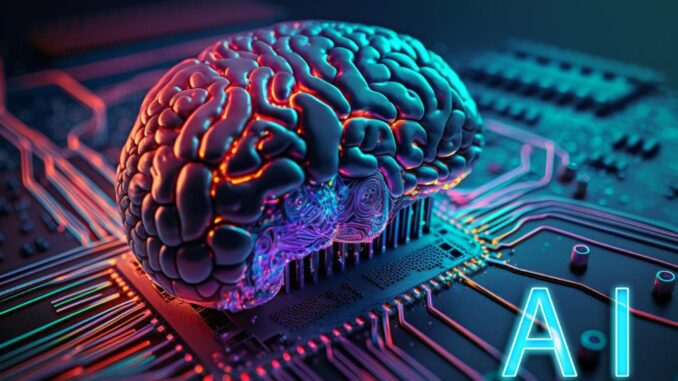
AI user-generated content (UGC) refers to content that is created by users with the assistance of artificial intelligence tools or platforms. This can encompass a wide range of media, including text, images, videos, and music, and it often involves the collaborative efforts of both humans and AI technologies.
### Examples of AI User-Generated Content 1. **Text Generation**: Tools like ChatGPT can help users draft articles, stories, poems, or social media posts. Users input prompts or ideas, and the AI generates coherent and contextually relevant text.










2. **Image Creation**: Platforms like DALL-E, Midjourney, or Stable Diffusion allow users to create artwork or design graphics based on textual descriptions. Users can manipulate parameters or combine elements to generate unique visuals.
3. **Music Composition**: AI can assist musicians in generating melodies, harmonies, or full compositions. Tools like DeepAI’s MuseNet or Google’s Magenta can collaborate with users to produce music based on specific styles or themes.
4. **Video Editing**: AI tools can help users edit video footage, enhance quality, or even generate entirely new video content based on user input. Applications can create short clips or promotional content with minimal effort.
5. **Game Creation**: Users can utilize AI to help design levels, create character dialogues, or even generate narratives for video games, making it easier for indie developers and hobbyists to produce engaging content.
### Benefits of AI User-Generated Content
– **Enhanced Creativity**: AI can act as a creative partner, providing inspiration or supporting users in brainstorming and generating new ideas.
– **Efficiency**: Users can produce content more quickly, saving time on tasks that would otherwise require significant manual effort.
– **Accessibility**: AI tools can democratize content creation, enabling individuals without technical skills to produce high-quality outputs.
– **Personalization**: Users can tailor content to their preferences with AI, generating unique results that reflect their individual styles or needs.
### Challenges and Considerations
1. **Copyright and Ownership**: Questions arise about who owns the content generated by AI and how copyright laws apply when human and AI collaborate.
2. **Quality Control**: AI-generated content may require human oversight to ensure accuracy, relevance, and appropriateness.
3. **Ethical Use**: Concerns about misinformation, deepfakes, and content manipulation must be addressed, as the power of AI can lead to unintended consequences.
4. **Authenticity**: As AI tools become more prevalent, distinguishing human-created content from AI-generated content may become challenging, impacting perceptions of authenticity.
5. **Bias**: AI models can reflect biases found in their training data, leading to content that may unintentionally perpetuate stereotypes or misinformation.
### Conclusion
AI user-generated content represents a fascinating intersection of technology and creativity, transforming how we approach content creation across various mediums. While it offers substantial benefits, careful consideration regarding ethical implications, accuracy, and ownership is essential as this field continues to evolve.


Leave a Reply